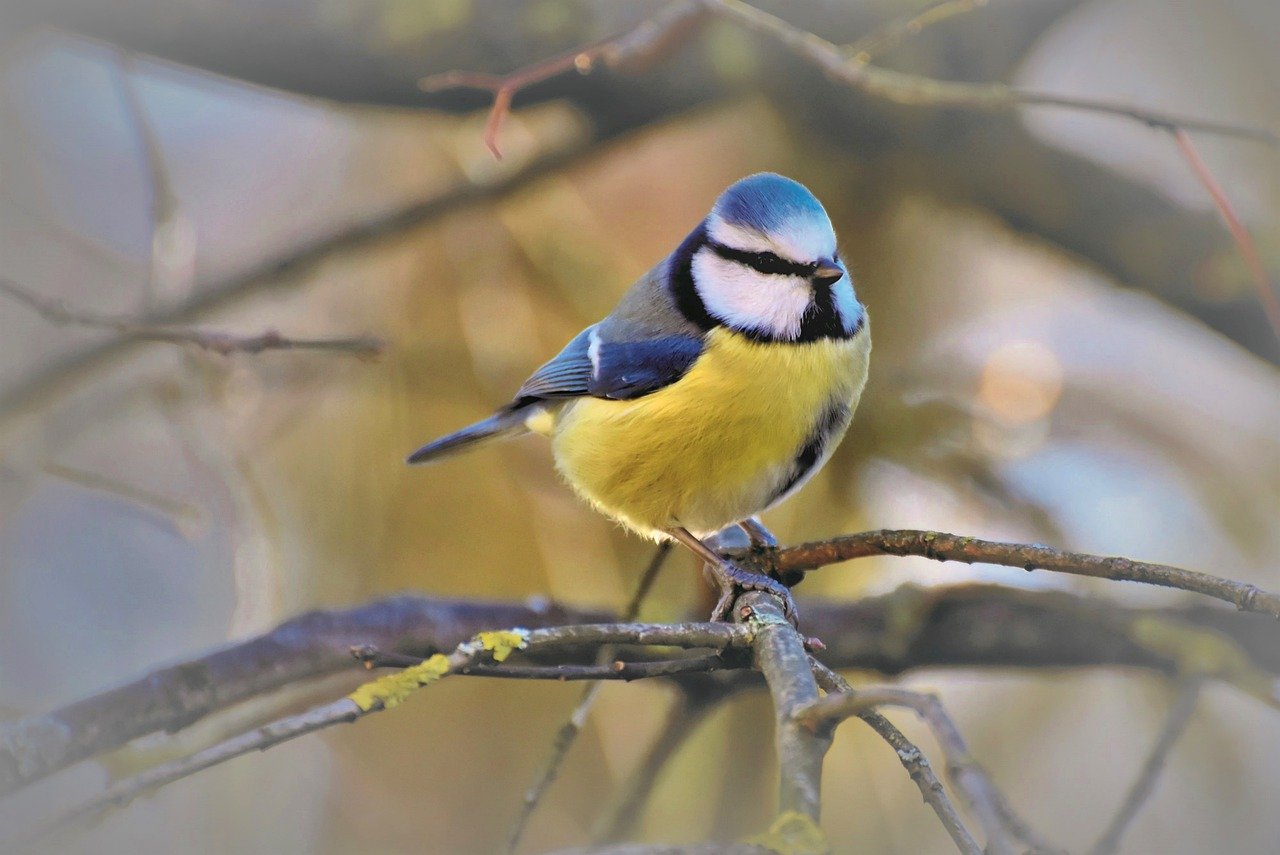Autumn migration of Blue Tit Parus caeruleus at Falsterbo, Sweden 1980–94: population changes, migration patterns and recovery analysis
DOI:
https://doi.org/10.34080/os.v7.22968Keywords:
population studies, bird ringing, bird banding, ringing recoveries, bird observatory, winter ecology, staging sites, stopover sitesAbstract
Extensive ringing data from Falsterbo, South Sweden, were used to analyse numbers, migration patterns and recoveries in the Blue Tit Pants caeruleus during 15 years (1980–94). The ringing totals as well as the totals from the migration counts at Falsterbo showed an overall increase of Blue Tits during this period. This corresponded with the trends from other monitoring projects in Sweden as well as the number of annually ringed nestlings. Analyses of the daily and seasonal migration patterns and the age and sex composition were carried out. The majority of the migrating Blue Tits were females, but with an increasing proportion of males with increasing numbers of migrating Blue Tits. The majority of the migrating Blue Tits were first-year birds and this proportion increased with the strength of migration. The results indicated that the same individuals may show repeated migration during several seasons, more like regular migrants than true irruptive species. The recovery analysis shows breeding area, migration routes and wintering areas for Blue Tits ringed or recaptured at Falsterbo. Obviously the major part of the birds originate from southern Sweden. They are short-distance migrants wintering in Denmark and northern Germany. Many Blue Tits also return inland when confronted with the sea at Falsterbo. The intensity of migration varied a lot from year to year. Strong migratory movements occurred more often towards the end of the study period and with increasing numbers of Blue Tits involved. It appeared that the key factors for the occurrence of strong migratory movements were a high population density, caused by high winter survival and good breeding results, in combination with a low amount of Beech mast or other food resources during the following autumn.
Downloads

Downloads
Published
How to Cite
Issue
Section
License
The copyright of each contribution belongs to the author(s), but all contributions are published under a Creative Commons license, so that anyone is free to share and reuse the contribution as long as the copyright holder is attributed.







